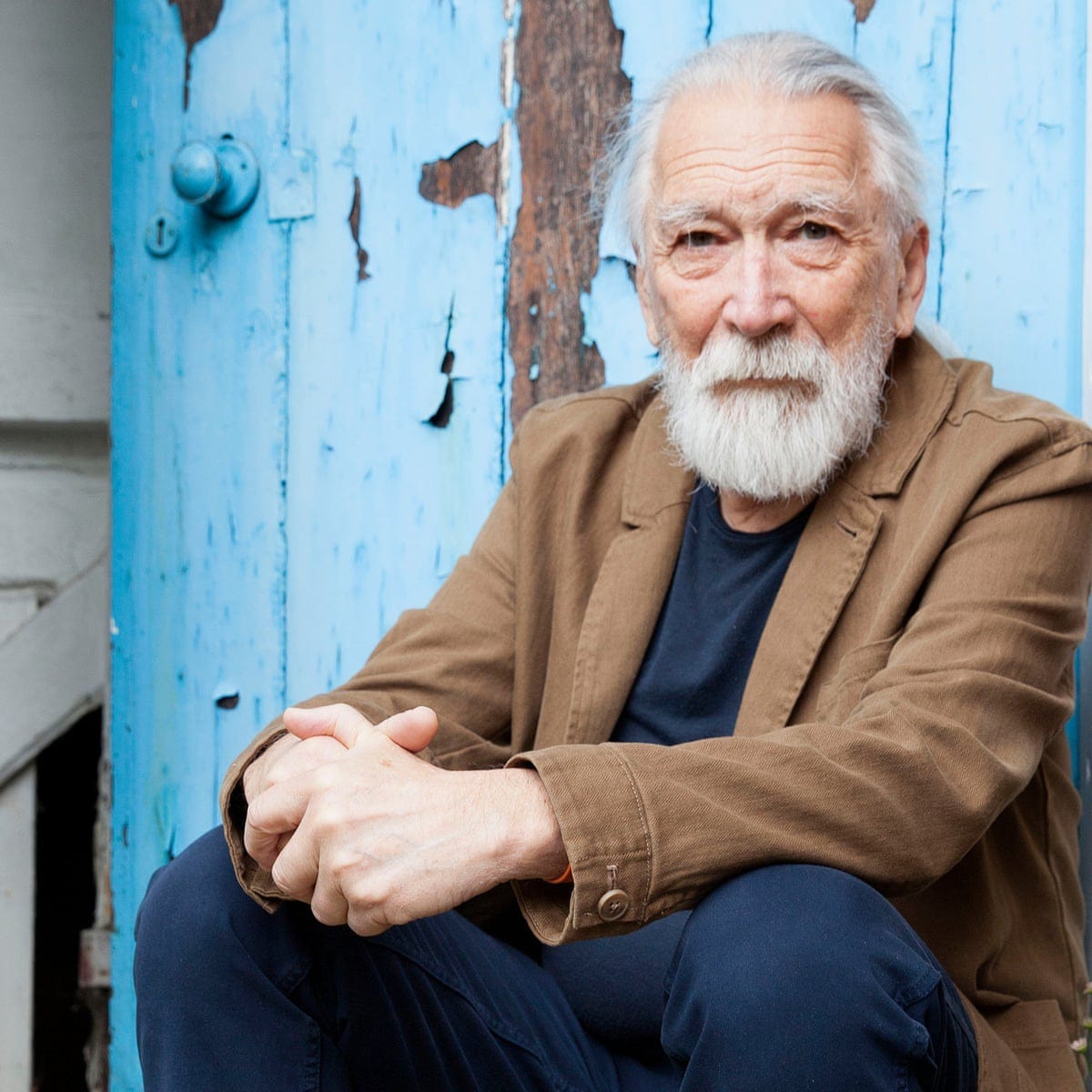We may think of reading as our solitary immersement in a single book, but that’s not really what happens. We read while we are doing other things – our eye tracking through Spare by Prince Harry or Marcel Proust’s Finding Time Again (taste vary), but our mind all the time turning over the sound of traffic outside, the turning hum of the dishwasher in the kitchen, the list of things you haven’t yet done, the thing your friend said yesterday. And while we might imagine ‘good’ reading as the silencing of these other voices, in reality reading is always about the entangling of the book in front of us with all the other things going on in our head. Reading is always about many texts at the same time; reading is always plural and, in that sense, necessarily unfocused and dispersed.
I ended 2023 reading two books at once, alternating as the mood took me. The first was Elizabeth Jane Howard’s Marking Time (1991), volume 2 in the quartet of the Cazalet Chronicles, a realist novel of upper middle-class life in Sussex and London set during the 1940s. The family business; the children’s marriages; the servants; the preparations as war draws closer; the affairs; the lies; the discontent. The most important formal quality of Howard’s quartet is its length: 4 novels, at 400 pages each, means we track with detail and a consequent emotional investment across the years, and we see the family members rise, fall, drift, and fall apart. Edward and Viola; Hugh and Sybil; Louise, Polly, Clary.
The book I was reading at the same time was M. John Harrison’s Wish I Was Here (2023). It’s described as an ‘anti-memoir’: an account of the author’s life and his thoughts about the purpose and processes of writing, and of living, but an account that is always unravelling itself, pushing back against any kind of coherence, pattern, conclusion or stability of meaning.
These books are wildly contrasting – it’s hard to think of two more different voices, and two more distinct literary projects – and it was interesting to be reading them simultaneously.
Here is Howard, giving us a living room in Sussex in September 1939:
Someone had turned off the wireless and, in spite of the room being full of people, there was a complete silence – in which Polly could feel, and almost hear, her own heart thudding. As long as nobody spoke, and no one moved, it was still the very end of peace.
And here is Harrison:
My idea would be this: human beings, readers of the world and of books, are so used to interpreting events as carriers of a causal narrative or rational argument that they don’t really see the event anymore.
And Howard:
That Saturday evening, all the grown-ups from Pear Tree Cottage – that is to say, Villy and Edward (only he was late), Sybil and Hugh, Jessica and Raymond, and Lady Rydal dined at Home Place, as the Brig had decreed that they should.
And Harrison:
The problem of writing is always the problem of who you were, always the problem of who to be next. It is a game of catch-up, of understanding that what you’re failing to write could only be written by who you used to be. Who you are now should be writing something else: what, you won’t know until you try.
The effect of reading them together meant they bled into each other: the boundaries of the two texts were permeable. Harrison seemed to notice things in Howard’s story; Howard responded to Harrison’s call for anti-narrative by offering symmetry and balance. The experience was something like the following mingling of their cadences:
People were beginning to shift in their chairs, to murmur, to light cigarettes, to tell the children to go out and play. A friend of mine, she’s a writer, we’ll call her Beatrice, believes there’s no such thing as character. There’s only behaviour. The drive outside was choked with cars and chauffeurs lugging heavy leather suitcases. Make your life as patchy a discourse as possible.
To mash up the sentences like this looks startling, but it captures what was happening in my head as I toggled between the two, and in fact what always happens when we read.
In the 16th century, Italian scholar and philologist Jacopo Corbinelli (1535-1590) reported witnessing a ‘book wheel’ in Spain that could hold, at any one time, ‘60 or 70 …large volumes, open, not counting the tiny ones.’ Corbinelli explained: ‘You sit and with your hand you bring portions of these large volumes before you three at a time [by rotating the large wheel]. To put it in a nutshell, you can make a whole study revolve, and so easily it is a delightful exercise.’
Here is a picture of the kind of thing Corbinelli had in mind.
Like many 16th-century illustrations, there’s more than a touch of the Heath Robinson about this: a sense that if something went wrong with the mechanism, there would be a loud explosion and our reader would find himself arcing towards the distant horizon, books scattering like Icarus’ wings. The point of the image is perhaps to capture a Renaissance attitude towards books, rather than to document an actual reading practice: there may not have been machines like this, but they suggest an expectation, and a hope, that to read is always to have multiple texts open at any one time.
The book wheel is discussed in Lisa Jardine and Anthony Grafton, ‘“Studied for action:” how Gabriel Harvey read his Livy’, in Past and Present 129 (1990), 30-78.






I always imagined the wheel's responding to an overenthusiastic downward pull, dismounting, crushing the reader and awaiting a Gorey-esque or "Far Side" bookmark!
Really enjoyed this post! Thank you!